In the second part of Next Steps for Museums to Build Community and Audience, Mantej Singh, shares with ReReeti an interview with Museum Director, Carmel Aiello.
This article explores the curatorial approach to working with community through discussing the example of the Fairfield Museum and Gallery in Western Sydney – a small museum with big community connections.
Fairfield is one of the most multicultural suburbs in Australia. More than half of the 200,000 residents here were born overseas and over 70 per cent speak a language other than English at home.[i] The Museum and Gallery combine a vintage Australian village showcasing an old schoolhouse, a slab hut, a weatherboard cottage, a blacksmith’s shop, a motor garage. It also has a newspaper printery and a local Store with community exhibitions, children’s education programs and cultural events. The museum is engaging and collaborating with community in the most innovative and inspiring ways across issues such as disability, dementia, racism, marriage and colonial history. I caught up with the Museum Director Carmel Aiello to get some insights into the museum’s curatorial approach.
MS: What is the museum’s approach to community and to audience?
Carmel: Over the last seven years we have been focused on targeting parts of our community as an audience. The easiest audience for us to engage is families. That was the starting point for our programming. Fairfield has a long history as a place where new migrants and refugees in Sydney have been settled. So for us audience and community has always been the same thing. In terms of what we do – it is informed by what they are interested in and the stories they want to talk about. So we work extensively with community elders and multicultural officers in local government. We have been able to forge relationships with local community groups. It is like a friendship. Once you get to know each other you become less anxious and nervous and more comfortable with each other and are able to share hopes and aspirations.
MS: How does the museum’s education program work?
Carmel: We have a school education program called “Living the Past” for primary school classes 1,2 and 3 (ages 5 – 8yrs). This is focused on history, society and environment. This revolves on the Vintage Australian village on site that has a number of buildings. These are either authentic or have been reproduced to represent an Australian village from the 1880s to the 1920s. They represent residential and business structures that do not exist anymore such as a one-room schoolhouse, general store and blacksmith shop. It allows kids to compare how they live today with how there grandparents lived 50-60 years ago across school, shopping, transport and technology. The children find it fascinating to interact with an old-fashioned schoolmaster, to use a hand pump or washing clothes with hand.
MS: What community initiatives have worked? What has not worked?
Carmel: A successful initiative was called “One Night at the Museum”. We commissioned artists and performers to perform or exhibit in the vintage village environment of the museum. It made artists rethink about places to perform and to present and it also presented another context in which our vintage village could be seen. Sometimes when people walk into galleries or museums then they get intimidated by the fact that they are walking into a space where they do not have the language or the knowledge to read or interact with whatever is in there. Also, all the cultural programs have been successful where we have been working with local cultural groups and performers to perform their traditional dances and rituals in a public space for other people to see. Just making presumptions about our audiences and what they might be interested in has not worked.
MS: What is your advice to other museums that want to improve community engagement?
Carmel: Museums should take objects from behind the glass walls and go to the community and say that we want your objects in our museum. They should say that we would like to show your objects to other people and share their history and significance. It is important to have no fear and not being afraid to talk to anybody. Even if they say no then it is ok. You can always go back to them another time. Sometimes they say no because they want to see what you do before they say, “Yes”. It is not saying that I want to create a democratic space. A museum or gallery space can never be democratic as there is always authorship and story and stamp of the curator and the narrative that the curator creates. What we can do is to take the community on a journey with us to create that narrative. It is also important to break down perceptions or barriers of the curator as the keeper of all knowledge and really see the curator as a community worker.
MS: What personal values and curatorial approach drive your work as the museum Director?
Carmel: It just comes from my background. I am a kid from a migrant family from Europe. For me the idea of culture was the maintenance of the language, cultural tradition, rituals and storytelling. So I was always interested in other people and their life and stories, which is nothing to do with art. I have also always been interested in the arts and their ability to transport stories and transforming people’s lives and experiences. I think it is just about talking to them, asking them what they are interested in. When I am working with community it is about finding the truth of their stories – these are true people, true stories and true lives. After that it is about giving them the opportunity to tell their own story. I start from a point that I know nothing and from then listening to what they are saying and what they are interested in and then seeing if we can make an exhibition, workshop or a program out of that. Not everything comes to fruition but at least there is dialogue and dialogue is important.
Talking to Carmel, what strikes me the most is her genuineness about the ongoing dialogue with the community and the view of the curator as the community worker. Nurturing this community partnership approach to curating is most important if museums are to build community. At Fairfield this approach cuts across exhibitions on diaspora and racism, and cultural events and signage celebrating local diversity. Another approach that works really well is providing opportunities for artists to interact with the museum space and local community to tell community stories. This allows the museum to go beyond the mission of preserving the history of the City to to the broader goal of building a connected and inclusive community.
So next time you are visiting Sydney, and have seen the Opera House and The Harbour Bridge, travel westwards towards Fairfield to experience this unique Museum and its innovative community programs and exhibitions. It is quite possible that it tells you something new or interesting about your own social and cultural heritage, while also giving you the opportunity to time travel through a Vintage Australian Village.
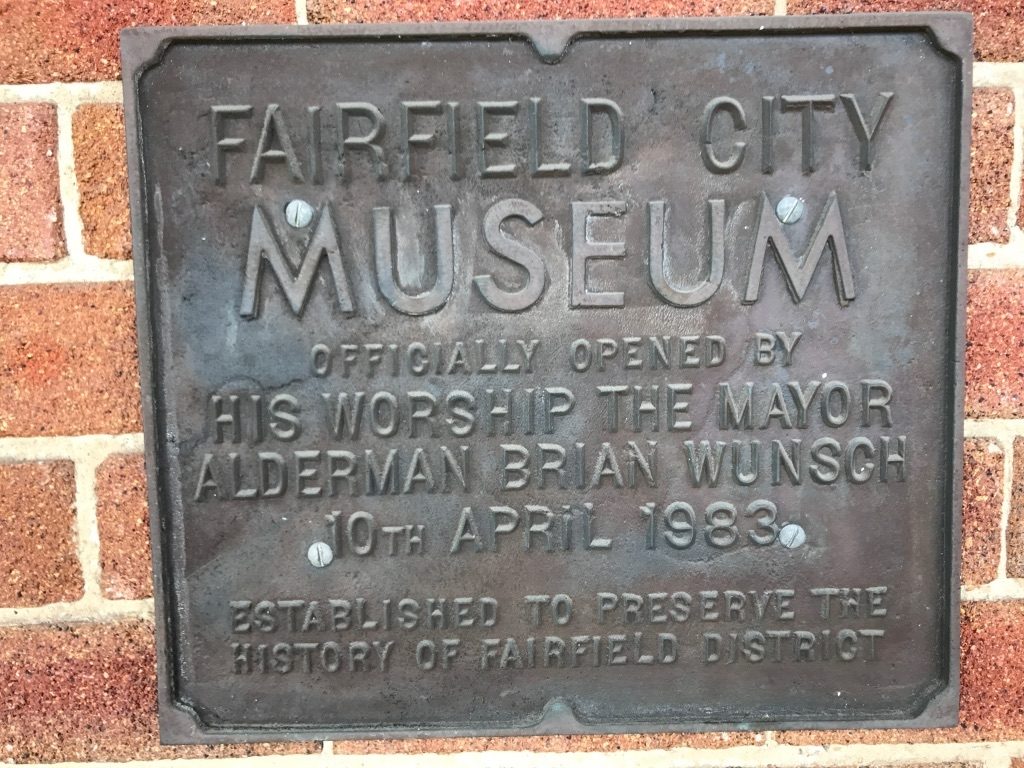
Fairfield City Museum 1983 Plaque showing the museum mission of preserving the history of the City
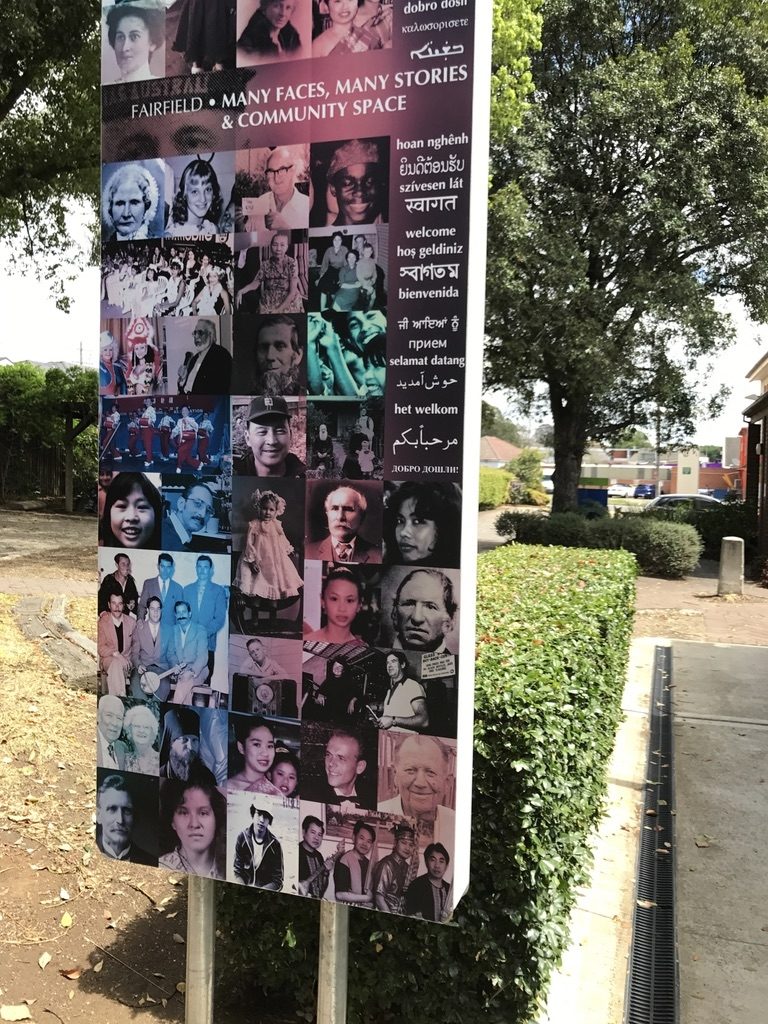
Fairfield city museum Community Diversity and Partnership Signage
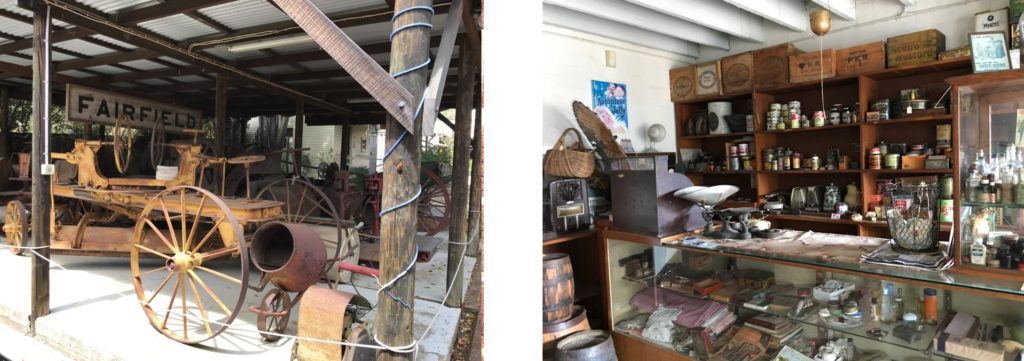
Old Vehicles and Old Grocery Store at the Vintage Village at Fairfield Museum
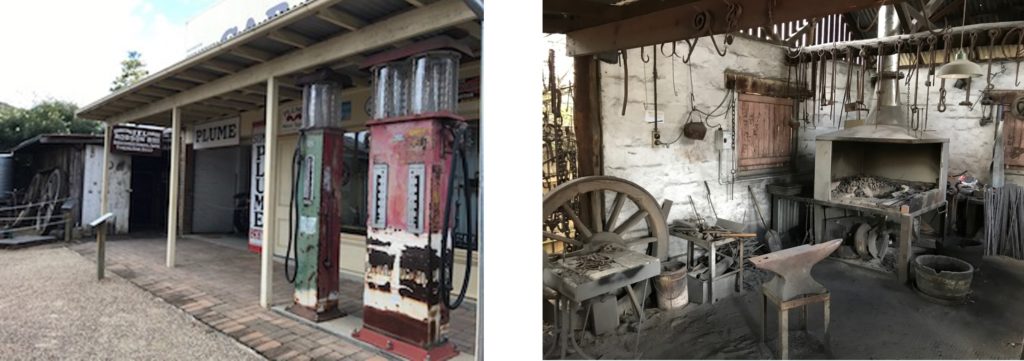
Old Petrol Station and Foundry Shop at the Vintage Village at Fairfield Museum
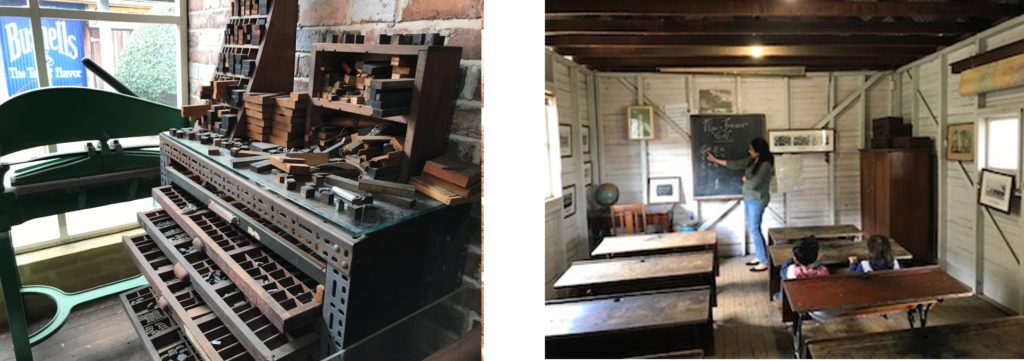
Old Printing Press and Old School House at the Vintage Village at Fairfield Museum. The schoolhouse is brought to life in a school education program.
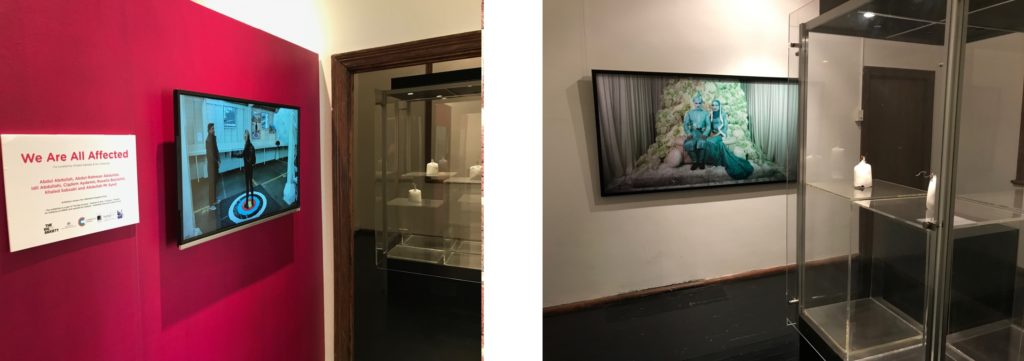
Artworks from We Are All Affected exhibition looking at Racism
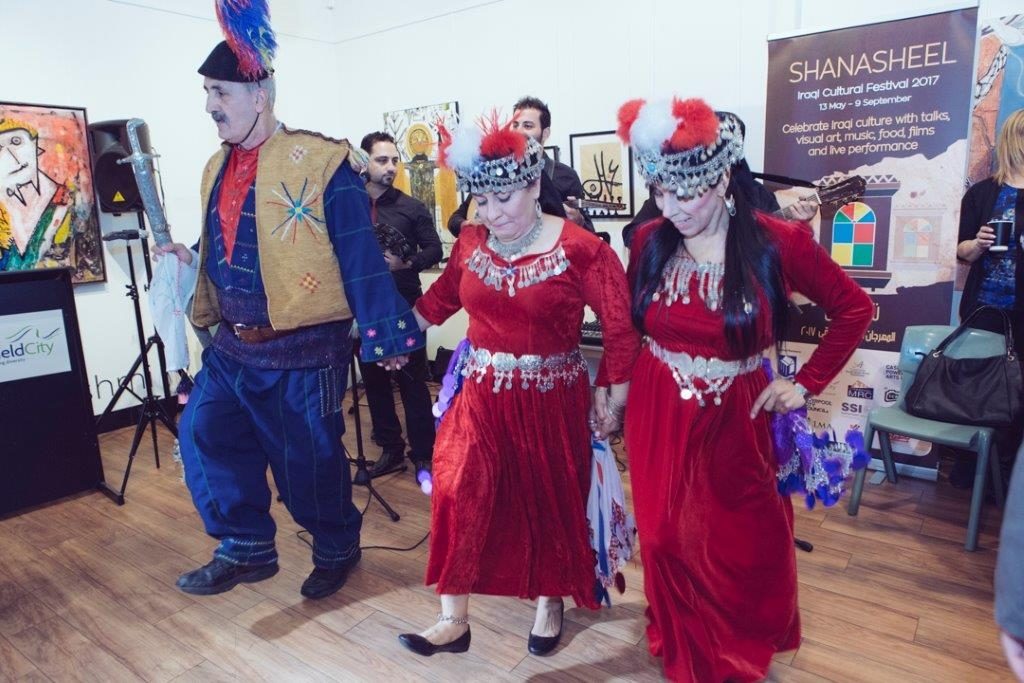
Shanasheel Exhibition Opening and Iraqi Cultural Festival at Fairfield City Museum and Gallery. Image Copyright – Fairfield City Museum and Gallery.
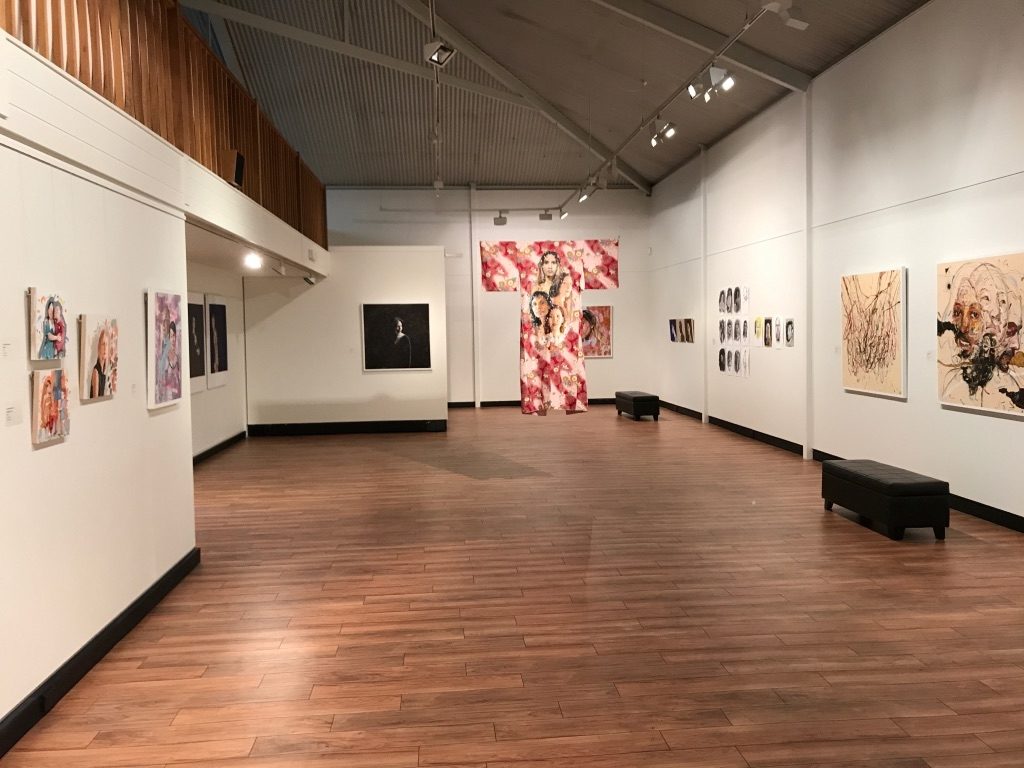
Diaspora Exhibition at Fairfield Museum exploring pathways people take towards exploring them in new places

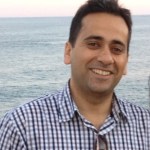
Mantej Singh
Mantej Singh holds a Master’s Degree in Arts Administration (Honours) and a Graduate Diploma in Arts Administration from the University of New South Wales, Sydney. He has more than 15 years of experience across community and cultural sector and has managed operations and planning for a diverse range of community and cultural facilities and developed and delivered strategies to build audiences and activate places.
[i] Sourced from Fairfield Council Website and the Id profile website, Friday 26 Oct 17 www.fairfieldcity.nsw.gov.au/info/20005/community_services/160/multicultural_initiatives
@ all images in this article are by the author.
ReReeti works with museums, galleries and heritage sites across India to plan strategies, design systems and implement programmes to increase audience engagement and institutional visibility. Email us at info@rereeti.org for a free consultation or to collaborate on an upcoming travelling exhibition.







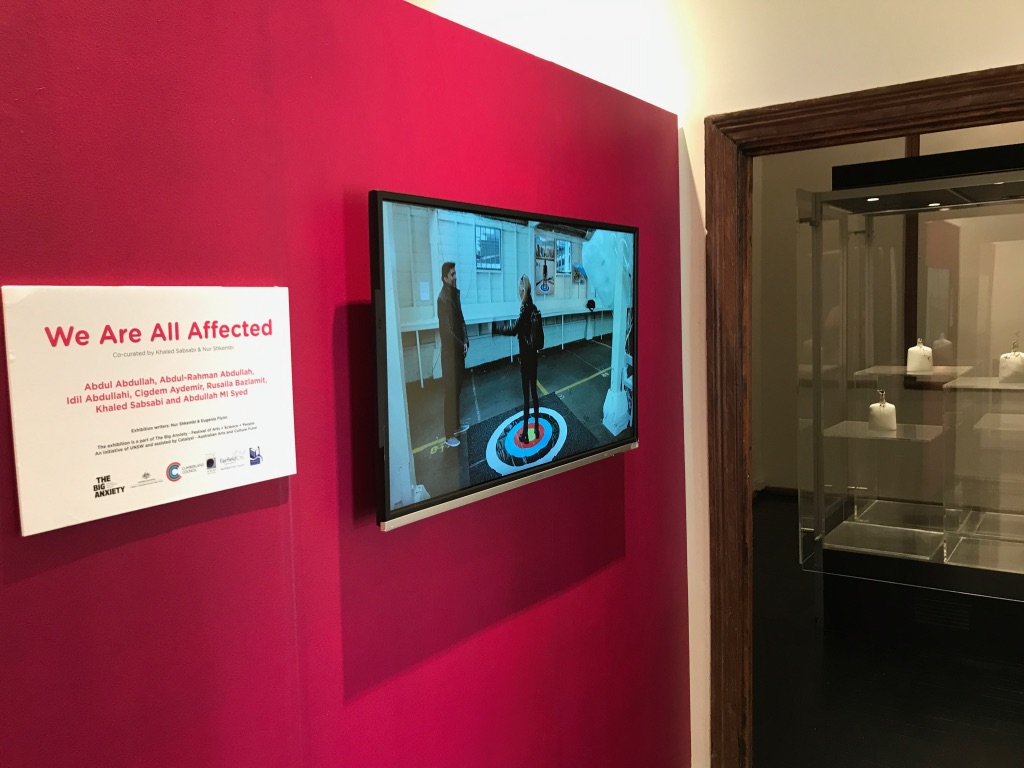
Recent Comments